Rush 1974 debut album
Buy Rush Rush burst onto the international scene in 1974 with an energetic and entertaining debut album. The only album to feature drummer John Rutsey, this self-titled album is also unique in the […]
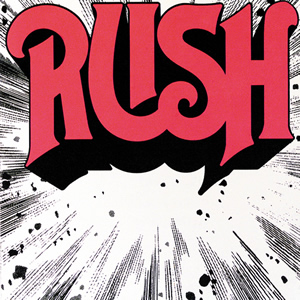
Buy Rush Rush burst onto the international scene in 1974 with an energetic and entertaining debut album. The only album to feature drummer John Rutsey, this self-titled album is also unique in the […]
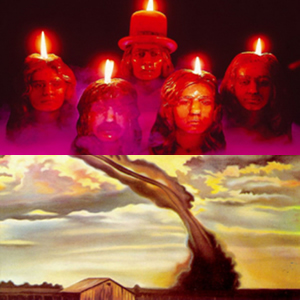
Buy Burn Buy Stormbringer In 1974, Deep Purple released their only two albums with the “Mark III” lineup, Burn and Stormbringer. With these records, the group not only replaced vocalist Ian Gillan (who […]
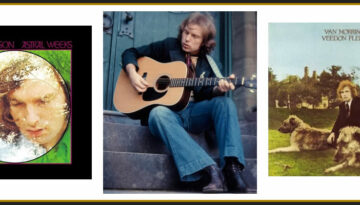
Van Morrison’s Astral Weeks and Veedon Fleece Buy Astral Weeks Buy Veedon Fleece This article was provided by Mike Fishman, who has written about Van Morrison for the Mystic Avenue blog and writes […]
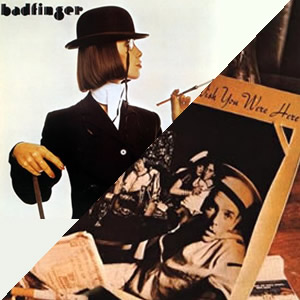
Buy Badfinger Buy Wish You Were Here Buy Badfinger Combo (Badfinger, Wish You Were Here, & BBC Sessions) Badfinger had one of the saddest roller coaster rides of the early 1970’s rock n’ […]
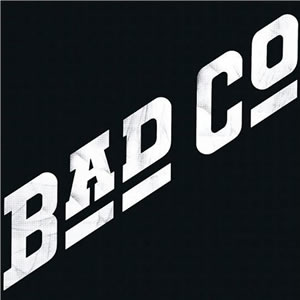
Buy Bad Company Originally considered a pet project of Led Zeppelin manager Peter Grant and his new label, Swan Song, it took no time for Bad Company to find their own niche in […]

Buy War Child Jethro Tull made a sharp turn back towards a more traditionally structured album with War Child in 1974. Following two consecutive concept albums that each consisted of single, album-length suites, […]
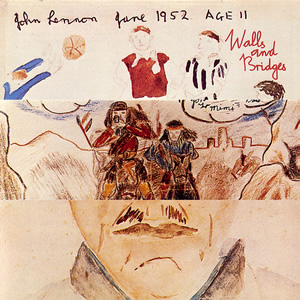
Buy Walls and Bridges Walls and Bridges seems to be one album that often gets lost in the John Lennon collection. It is not as dramatic as Plastic Ono Band, nor is it […]
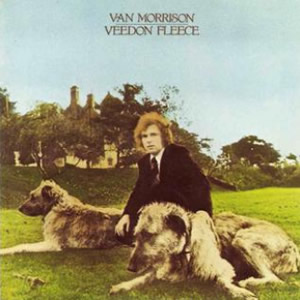
Buy Veedon Fleece This album review is provided by Mike Fishman, who has written about Van Morrison for the Mystic Avenue blog and writes about film for IndependentFilmNow.com. Any musician with a career […]

Buy The Lamb Lies Down on Broadway Perhaps the most “out there” album by Genesis as well as out Classic Rock Review Album of the Year, The Lamb Lies Down on Broadway, is […]
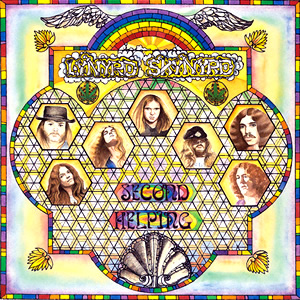
Buy Second Helping After their acclaimed, classic 1973 debut album, Lynyrd Skynyrd returned with the equally impressive Second Helping, where they continued to forge the emerging genre of Southern-fried rock. Like the first […]